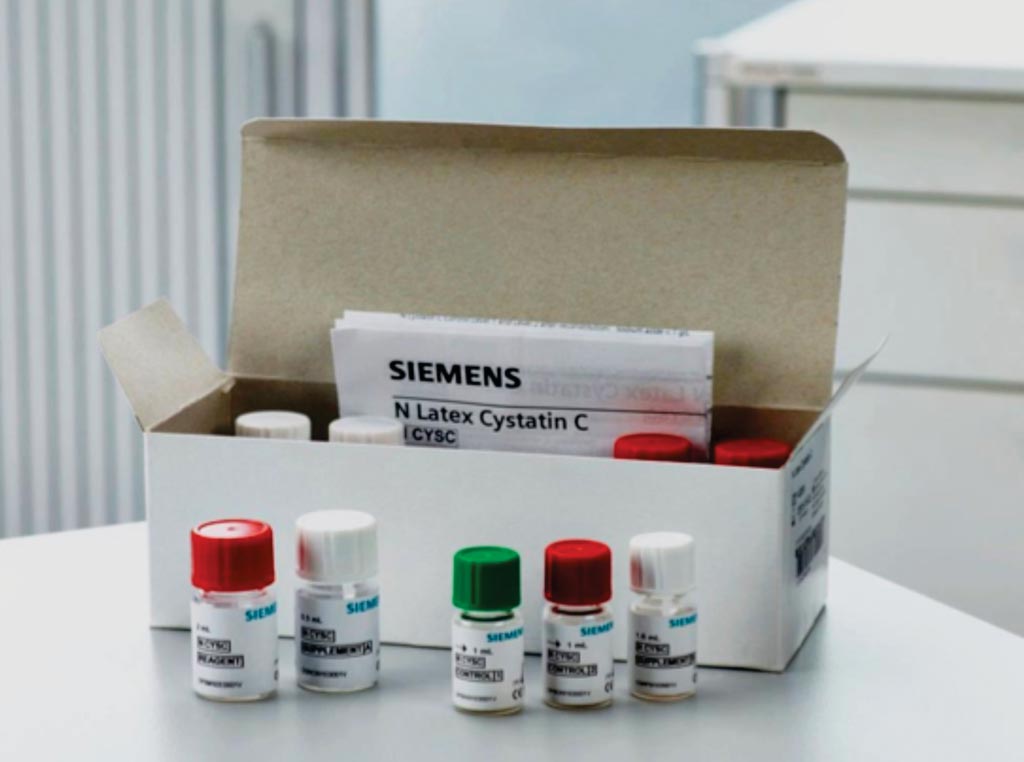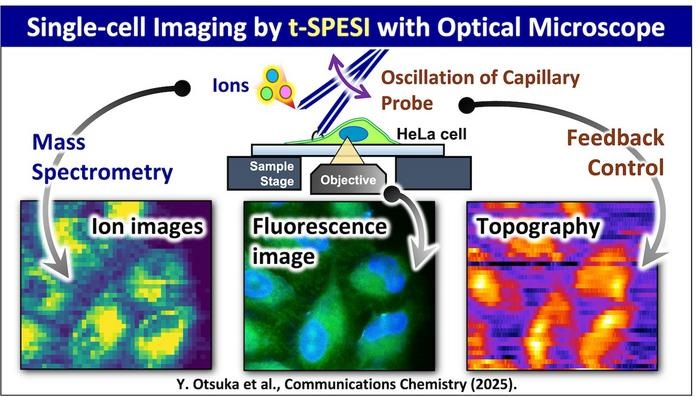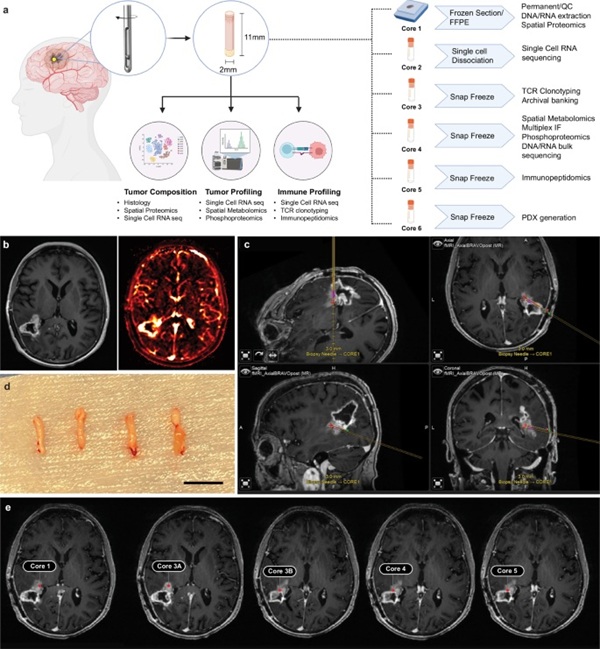BTP Viewed As Glomerular Filtration Rate Marker
|
By LabMedica International staff writers Posted on 24 Apr 2018 |

Image: The N Latex Cystatin C Assay for the detection of decline in renal function (Photo courtesy of Siemens Healthcare).
Beta Trace Protein (BTP) is a promising marker of glomerular filtration rate (GFR) as it was reported to be increased in the serum of patients with renal disease. Some evidence suggests that it is more sensitive than creatinine (Cr) at detecting early changes in GFR.
Unlike Cr, very little is known about the origin and metabolism of BTP. BTP is a heterogeneous glycoprotein with multiple isoforms and is present in various fluid compartments including blood, urine and cerebral spinal fluid (CSF). The impact of hepatic dysfunction on serum BTP concentrations has recently been investigated.
Scientists at Queen’s University (Kingston, ON, Canada) and their colleagues conducted a case-control study between June to October 2014 of 99 cirrhotic subjects and matched controls. The diagnosis of cirrhosis was confirmed by the hepatologists according to standard clinical criteria including non-invasive testing estimating F4 fibrosis in an individual with known chronic liver disease. Basic demographic, clinical and laboratory data were collected including diabetes status, etiology of cirrhosis, presence of ascites or encephalopathy, INR, albumin and bilirubin.
The team measured Cystatin C (cysC), BTP using nephelometry assays and Cr using a Vitros Chemistry enzymatic assay. The BTP/cysC ratio was calculated for each subject. The BTP/cysC ratio was chosen in lieu of the BTP/Cr ratio due to the well-recognized inaccuracy of serum creatinine as a marker of GFR in the setting of hepatic dysfunction.
The investigators found there were no differences in BTP/cysC ratios between cases and controls for the entire cohort. However there were significant differences between cases (1.09) and controls (0.73) for the BTP/Cr ratios. The BTP/Cr ratio was higher in those with more advanced cirrhosis as compared to those with less severe cirrhosis (1.20 versus 1.03). There were no differences in BTP/cysC ratios between those with less severe and more advanced cirrhosis.
The authors concluded that their study suggests that hepatic dysfunction does not influence serum BTP levels and argues against a significant role for the liver in BTP metabolism. It is well recognized that a number of factors (muscle mass, diet, hepatic function) influence serum Cr independently of GFR and these contribute significantly to the difficulties in accurately assessing GFR using Cr. The study was published on April 13, 2018, in the journal BMC Nephrology.
Related Links:
Queen’s University
Unlike Cr, very little is known about the origin and metabolism of BTP. BTP is a heterogeneous glycoprotein with multiple isoforms and is present in various fluid compartments including blood, urine and cerebral spinal fluid (CSF). The impact of hepatic dysfunction on serum BTP concentrations has recently been investigated.
Scientists at Queen’s University (Kingston, ON, Canada) and their colleagues conducted a case-control study between June to October 2014 of 99 cirrhotic subjects and matched controls. The diagnosis of cirrhosis was confirmed by the hepatologists according to standard clinical criteria including non-invasive testing estimating F4 fibrosis in an individual with known chronic liver disease. Basic demographic, clinical and laboratory data were collected including diabetes status, etiology of cirrhosis, presence of ascites or encephalopathy, INR, albumin and bilirubin.
The team measured Cystatin C (cysC), BTP using nephelometry assays and Cr using a Vitros Chemistry enzymatic assay. The BTP/cysC ratio was calculated for each subject. The BTP/cysC ratio was chosen in lieu of the BTP/Cr ratio due to the well-recognized inaccuracy of serum creatinine as a marker of GFR in the setting of hepatic dysfunction.
The investigators found there were no differences in BTP/cysC ratios between cases and controls for the entire cohort. However there were significant differences between cases (1.09) and controls (0.73) for the BTP/Cr ratios. The BTP/Cr ratio was higher in those with more advanced cirrhosis as compared to those with less severe cirrhosis (1.20 versus 1.03). There were no differences in BTP/cysC ratios between those with less severe and more advanced cirrhosis.
The authors concluded that their study suggests that hepatic dysfunction does not influence serum BTP levels and argues against a significant role for the liver in BTP metabolism. It is well recognized that a number of factors (muscle mass, diet, hepatic function) influence serum Cr independently of GFR and these contribute significantly to the difficulties in accurately assessing GFR using Cr. The study was published on April 13, 2018, in the journal BMC Nephrology.
Related Links:
Queen’s University
Latest Clinical Chem. News
- AI-Powered Blood Test Accurately Detects Ovarian Cancer
- Automated Decentralized cfDNA NGS Assay Identifies Alterations in Advanced Solid Tumors
- Mass Spectrometry Detects Bacteria Without Time-Consuming Isolation and Multiplication
- First Comprehensive Syphilis Test to Definitively Diagnose Active Infection In 10 Minutes
- Mass Spectrometry-Based Monitoring Technique to Predict and Identify Early Myeloma Relapse
- ‘Brilliantly Luminous’ Nanoscale Chemical Tool to Improve Disease Detection
- Low-Cost Portable Screening Test to Transform Kidney Disease Detection
- New Method Uses Pulsed Infrared Light to Find Cancer's 'Fingerprints' In Blood Plasma
- Carbon Nanotubes Help Build Highly Accurate Sensors for Continuous Health Monitoring
- Paper-Based Device Boosts HIV Test Accuracy from Dried Blood Samples
- AI-Powered Raman Spectroscopy Method Enables Rapid Drug Detection in Blood
- Novel LC-MS/MS Assay Detects Low Creatinine in Sweat and Saliva
- Biosensing Technology Breakthrough Paves Way for New Methods of Early Disease Detection
- New Saliva Test Rapidly Identifies Paracetamol Overdose
- POC Saliva Testing Device Predicts Heart Failure in 15 Minutes

- Screening Tool Detects Multiple Health Conditions from Single Blood Drop
Channels
Clinical Chemistry
view channel
AI-Powered Blood Test Accurately Detects Ovarian Cancer
Ovarian cancer ranks as the fifth leading cause of cancer-related deaths in women, largely due to late-stage diagnoses. Although over 90% of women exhibit symptoms in Stage I, only 20% are diagnosed in... Read more
Automated Decentralized cfDNA NGS Assay Identifies Alterations in Advanced Solid Tumors
Current circulating cell-free DNA (cfDNA) assays are typically centralized, requiring specialized handling and transportation of samples. Introducing a flexible, decentralized sequencing system at the... Read more
Mass Spectrometry Detects Bacteria Without Time-Consuming Isolation and Multiplication
Speed and accuracy are essential when diagnosing diseases. Traditionally, diagnosing bacterial infections involves the labor-intensive process of isolating pathogens and cultivating bacterial cultures,... Read more
First Comprehensive Syphilis Test to Definitively Diagnose Active Infection In 10 Minutes
In the United States, syphilis cases have surged by nearly 80% from 2018 to 2023, with 209,253 cases recorded in the most recent year of data. Syphilis, which can be transmitted sexually or from mother... Read moreMolecular Diagnostics
view channel
POC Diagnostic Platform Combines Immunoassay and Molecular Testing
An innovative diagnostic platform offers superior sensitivity across all sample types, including blood, compared to existing rapid tests, while maintaining a low-cost, user-friendly design.... Read more
Single Blood Test Could Detect Different Types of Cancer at Early Stages
Currently, reliable screening for only a few types of cancer is available, such as those affecting the breast, bowel, cervix (neck of the womb), and lung for individuals at high risk. While these screenings... Read moreHematology
view channel
First Point-of-Care Heparin Monitoring Test Provides Results in Under 15 Minutes
Heparin dosing requires careful management to avoid both bleeding and clotting complications. In high-risk situations like extracorporeal membrane oxygenation (ECMO), mortality rates can reach about 50%,... Read more
New Scoring System Predicts Risk of Developing Cancer from Common Blood Disorder
Clonal cytopenia of undetermined significance (CCUS) is a blood disorder commonly found in older adults, characterized by mutations in blood cells and a low blood count, but without any obvious cause or... Read moreMicrobiology
view channel
New Blood Test Detects Up to Five Infectious Diseases at POC
Researchers have developed a prototype flow-through assay capable of detecting up to five different infections, with results that can be quickly analyzed and transmitted via a specialized smartphone app.... Read more
Molecular Stool Test Shows Potential for Diagnosing TB in Adults with HIV
Tuberculosis (TB), caused by the bacterium Mycobacterium tuberculosis, led to 1.25 million deaths in 2023, with 13% of those occurring in people living with HIV. The current primary diagnostic method for... Read morePathology
view channel
New Technology Improves Understanding of Complex Biological Samples
Tissues are composed of a complex mixture of various cell types, which complicates our understanding of their biological roles and the study of diseases. Now, a multi-institutional team of researchers... Read more
Combining Multiple Laboratory Techniques Provides Deeper Insights into Deadly Brain Tumors
Glioblastoma (GBM) is a highly aggressive primary brain cancer that currently has limited effective treatments. Stereotactic needle biopsies are commonly employed for diagnosis; however, their use is restricted... Read more
AI-Based Diagnosis System Identifies Malaria Parasites from Blood Smear Images
Malaria diagnosis has traditionally been performed manually via microscopic examination, a process that is not only time-consuming but also highly dependent on the expertise and accuracy of healthcare providers.... Read moreTechnology
view channel
Advanced Predictive Algorithms Identify Patients Having Undiagnosed Cancer
Two newly developed advanced predictive algorithms leverage a person’s health conditions and basic blood test results to accurately predict the likelihood of having an undiagnosed cancer, including ch... Read more
Light Signature Algorithm to Enable Faster and More Precise Medical Diagnoses
Every material or molecule interacts with light in a unique way, creating a distinct pattern, much like a fingerprint. Optical spectroscopy, which involves shining a laser on a material and observing how... Read more
Disposable Microchip Technology Could Selectively Detect HIV in Whole Blood Samples
As of the end of 2023, approximately 40 million people globally were living with HIV, and around 630,000 individuals died from AIDS-related illnesses that same year. Despite a substantial decline in deaths... Read more
Pain-On-A-Chip Microfluidic Device Determines Types of Chronic Pain from Blood Samples
Chronic pain is a widespread condition that remains difficult to manage, and existing clinical methods for its treatment rely largely on self-reporting, which can be subjective and especially problematic... Read moreIndustry
view channel
Qiagen Acquires NGS Analysis Software Company Genoox
QIAGEN (Venlo, the Netherlands) has signed a definitive agreement to acquire Genoox (Tel Aviv, Israel), a provider of artificial intelligence (AI)-powered software that enables clinical labs to scale and... Read more
Cepheid and Oxford Nanopore Technologies Partner on Advancing Automated Sequencing-Based Solutions
Cepheid (Sunnyvale, CA, USA), a leading molecular diagnostics company, and Oxford Nanopore Technologies (Oxford, UK), the company behind a new generation of sequencing-based molecular analysis technologies,... Read more
Grifols and Tecan’s IBL Collaborate on Advanced Biomarker Panels
Grifols (Barcelona, Spain), one of the world’s leading producers of plasma-derived medicines and innovative diagnostic solutions, is expanding its offer in clinical diagnostics through a strategic partnership... Read more









 RapiCardTM InstaTest (Serum-WB-Plasma).jpg)







